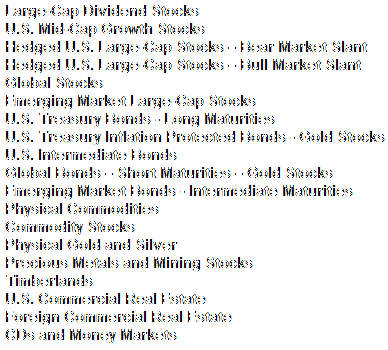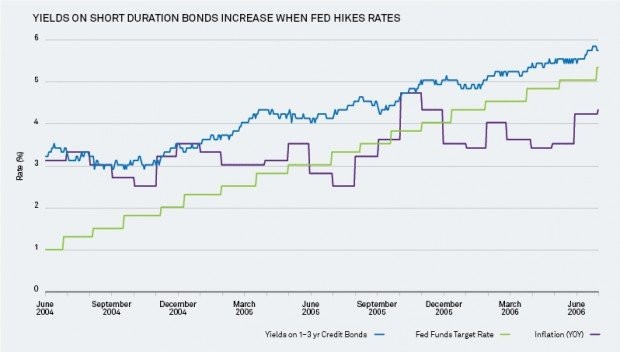Shield Your Portfolio From Inflation For Real Returns_1
Post on: 16 Март, 2015 No Comment

It has been said that it is not just inflation that is damaging, but unexpected inflation. After all, if inflation could be accurately predicted, there would not be the subtle transfer of wealth between parties to agreement (ex-lender and borrower). In the U.S. unexpected inflation helped spawn the creation of government issued inflation protected securities, called Treasury inflation protected securities (TIPS).
Because inflation can be so damaging — and so unexpected — investors should have some portion of their fixed income portfolios in TIPS to ensure a real return, but they are only part of the solution. This article will review the history and mechanics of TIPS, explore a few underlying components of TIPS operations that may leave the investor with a TIPS letdown and look briefly at an economic controversy that may help the investor think differently about protecting the real return of his or her portfolio.
It is important to realize that the adjustment mechanism that is used by TIPS is based on the Bureau of Labor Statistics ‘ (BLS) Consumer Price Index for all Urban Consumers (CPI-U) headline inflation figure. As such, it includes the historically volatile components of food and energy prices. According to Investment Analysis & Portfolio Management (2002), a book by Frank Reilly and Keith Brown, because inflation is generally not known until several months after the fact, the index value used has a three-month lag built in. For example, for a bond issued on June 30, 2003, the beginning base index value used would be the CPI value as of March 30, 2003. Following the issuance of a TIPS bond, its principal value is adjusted every six months to reflect the inflation since the base period. In turn, the interest payment is computed based on this adjusted principal, that is, the interest payments equal the original coupon times the adjusted principal. (To learn more, read The Consumer Price Index Controversy and The Consumer Price Index: A Friend To Investors .)
With a better background into the indexing system used in the payment of TIPS interest, the investor needs to shift focus to how CPI-U is calculated; after all, its calculation determines whether your TIPS payment truly matches the increase in prices that may occur as a result of inflation.

Owner’s Equivalent Rent
It is easy for investors to take the released CPI figures for granted, trusting that the BLS knows best how to measure inflation. Therefore, just how complicated the task of calculation actually is may come as quite a surprise. This is because there are many subjective aspects to putting the CPI together.
One very important example is that of the estimation of housing expense. Housing costs are the largest expense for many families, but the cost of housing is not a direct function of housing prices; it is based upon a creation called owner’s equivalent rent (OER). Owners are queried periodically as to what level of rent they would charge to prospective tenants. Housing’s proportion in the makeup of CPI is greater than 25%, so these numbers play a big role in the final CPI-U reading.














